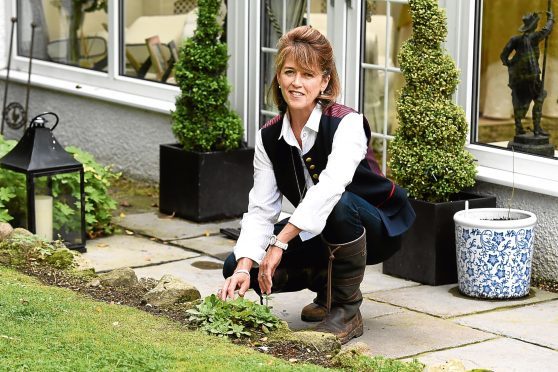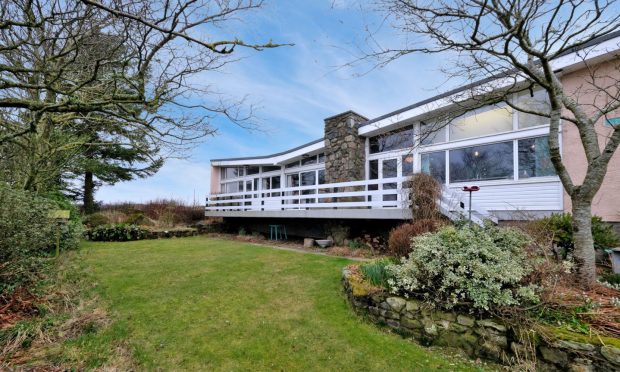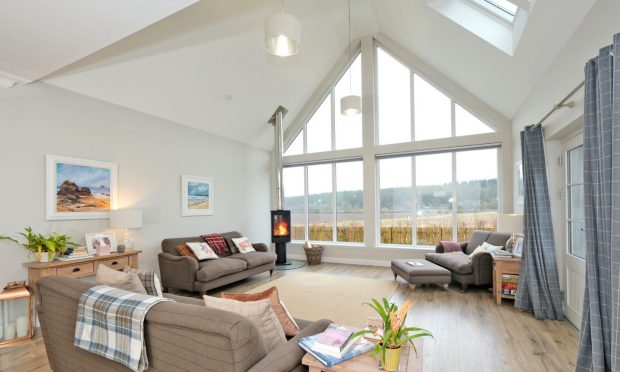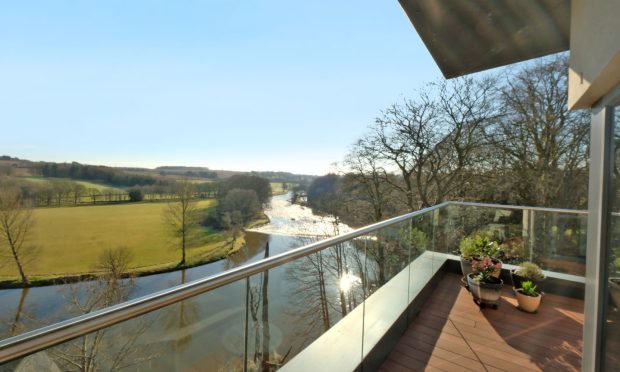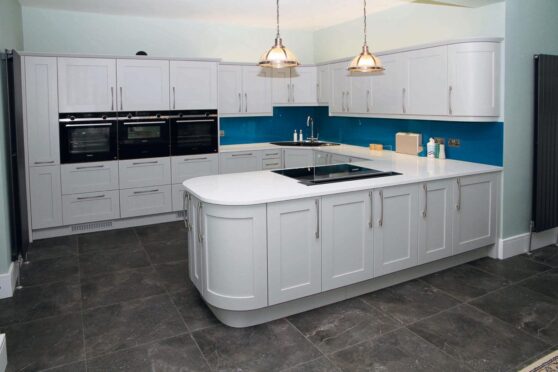Motherhood saw Kirsty McLean make a major career change and she is now an award-winning garden designer.
From community projects to urban gardens in need of TLC, Kirsty’s expertise means she has also been part of Scotland’s longest-running gardening programme, Beechgrove Garden, for the past 14 years.
She explains why she loves seeing gardens come to life, and also parted with some handy tips.
“Having worked in the oil and gas industry for 18 years, I changed my career direction in 1997 following the birth of our daughter.
“What decided me on becoming a garden designer was quite a logical process for me. I gathered up the skills set achieved in my previous career and married these with my passions.
“I found myself instantly hooked on the subject – it just seemed to be the most natural fit for me.
“Fairly quickly, it became apparent that there was sufficient interest in my abilities to make this a full-time career and I started The Garden Design Company Scotland in 2000, the Millennium.
“In 2001 Beechgrove Garden contacted me and I started working with them on community projects and along with my private work, have continued to do so, which has allowed me access to some of the finest horticultural brains in the UK. As a result I’ve learned such a great deal and I’m so thankful to have had that opportunity.
“In the past 20 years I have designed and developed gardens of all shapes and sizes working closely with a diverse client base, which has included private clients, community projects and commercial clients – all very different where no two projects are the same.
“I would say that most new clients have been recommended to come to me by an existing client but however they arrive at my door, all of these people and their gardens are unique and I treat them so.

“My average day isn’t average at all! I very often start off my day with e-mails and organising logistics for various projects that are all at different stages, followed by new client visits and site meetings for existing builds.
“I make room to research materials and visit wholesalers or garden centre’s to discuss up and coming orders. I have to have a few hours of ‘quiet time’ each day to work on new and existing designs too, which is why this is not a 9-5 job. You have to be passionate about it or you couldn’t sustain the pace.
“Often clients come to me for a two-hour, on-site consultation because they have become ‘stuck’ in their thought process and can’t move forward. A fresh pair of professional eyes, can help to kick-start the process and give them the confidence and motivation to move past this but if hiring a designer isn’t for you then here are some helpful tips:
“The design process is really based on logic and then you add in the aesthetics and styling. Seating areas are positioned where the sun falls, in a private part of the garden that isn’t in a prevailing wind. The bins need to be near enough to the kitchen so you can get to them easily. The rotary dryer needs to be close enough to the utility room to be able to snatch the washing back in when it rains! Paths connect access points and to the various activities within the garden; seating area; shed; clothes line etc.
“So when you come to look at how to make the most out of your garden space and find yourself going blank, start to think about how the garden can be made to function in a practical sense first and this will help to move the process on.
“If you are on a limited budget, hard landscaping such as paving and walling can be expensive.
“Providing that you don’t have to retain levels, lawn and planting borders can create shapes and interest relatively cheaply, to good effect.
“To revive existing gardens, old, tired fences can be painted to give them a new lease of life; existing paving can be cleaned and old lawns can be fed and weeded, aerated and cut regularly to bring them back to life. There is no gain without a little pain!
“Whatever stage your garden is at and however you decide to tackle it, creating a budget and planning how you are going to achieve your goal is a really helpful way to approach it. List all the materials that you will need to create your garden – for instance: fencing/carpentry, sub base, paving, armoured cable for lighting, lights, top soil, compost, turf , plants and get these onto a spreadsheet or write a ‘shopping list’.
“Start to calculate the linear, square metre or volumes of the material concerned then go out and find the best price and source for that material and note it against the materials on your list. Gradually you will build up information: your preferred supplier and a cost against each item on your list which, when added up will provide you with your budget.
“Now you are armed with your garden plan, budget and materials list you can start to explore the fun things that will style your garden such as planters, seating, heating, planting . . . the possibilities are endless! Good Luck!”
